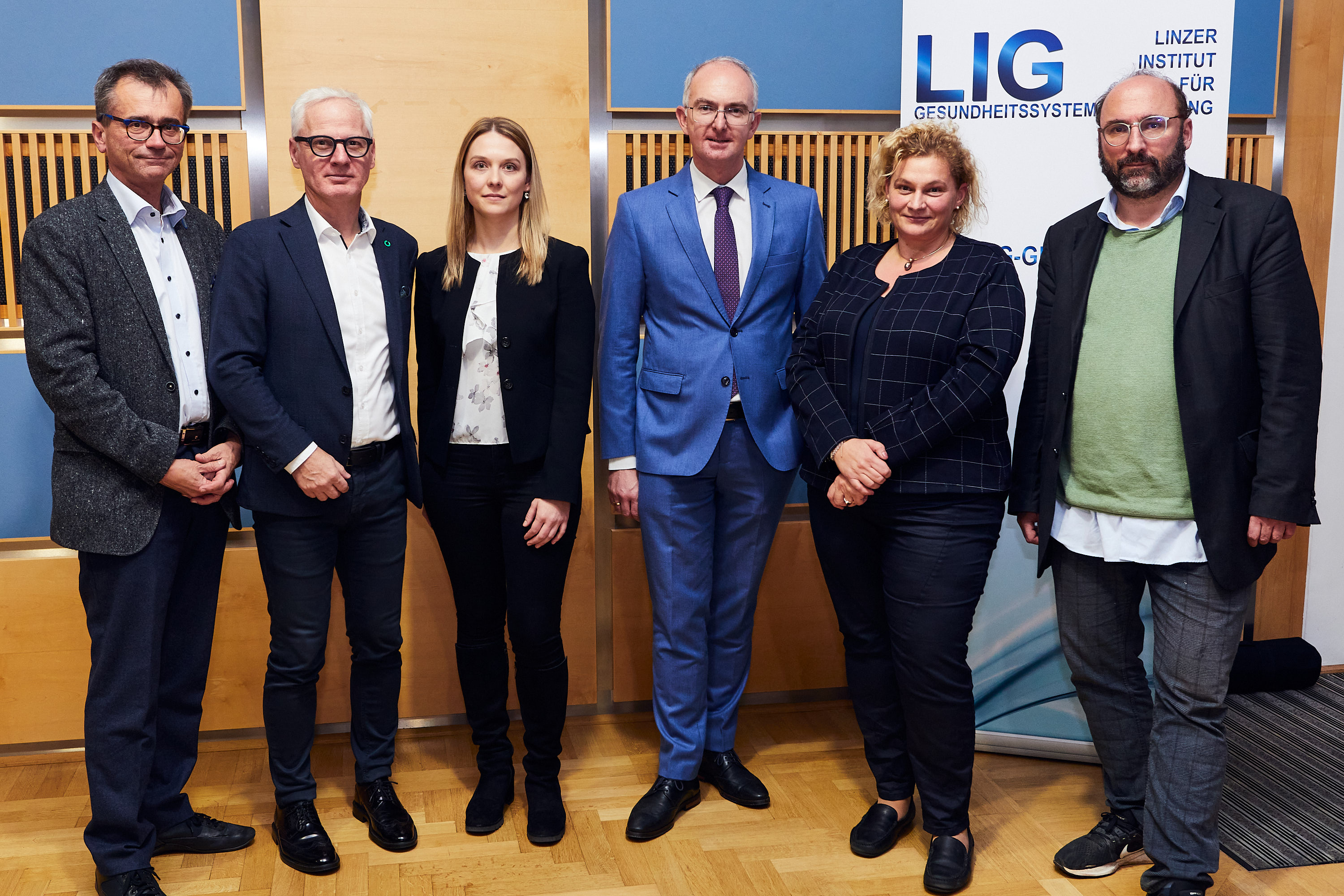Physician Shortage: Simulation-Based Analysis of Countermeasures
Note: This is an automated translation (using DeepL) of the original German article.
Identifying effective training measures to compensate for retirements by 2030
In the past few days, the shortage of physicians has been widely discussed in various media. At the end of 2022 (cut-off date 31.12.2020), there were just under 49,000 physicians in Austria, across all specialties. Due to upcoming retirements, this number will drop to about 45,500 in the years up to 2030. This corresponds to an overall decline of 7%.
Among general practitioners, this decline is even greater at 9% (15,500 to about 14,100 to 14,200). Thereafter, due to the demographic structure of those practicing, as well as the number of physicians who will be trained in the future, a slight increase to 14,700 to 14,800 is expected (across all specialties to 47,000). To meet the challenges of this decline, the Austrian and Upper Austrian Medical Associations have commissioned dwh GmbH to conduct a model-based analysis.
An obvious approach would be to increase the number of study places for physicians. However, due to the duration of training, this measure would not have an impact for at least 12 years, i.e., from 2034 and thus too late. The second approach focuses on the training places available in hospitals for specialist training (which also includes general medicine). Currently, there are about 8,400 people in specialist training at hospitals in Austria. This corresponds to about 1,500 people per year who start this training. With the help of the simulation, it could be shown that an increase in training places to 9,200 - 9,600 would absorb the impact of the retirement wave. This would correspond to between 1,600 and 1,800 people per year starting residency training, “only” about 100-300 more people than currently.
In addition, it has been shown that currently around 300 medical students per year do not enter specialist training in Austria after graduating from university, but either switch to another profession or emigrate abroad. Therefore, one possibility would be to retain university graduates in Austria through appropriate steering measures and, in addition, to attract physicians from abroad for specialist training in Austria. The advantage of this approach is that after the current wave of retirements, the currently available resources for training will again be sufficient to compensate for the demographic outflow.
The results of the model-based study, which were presented by Dr. Niki Popper at a corresponding lecture of the Austrian Medical Association (cover photo), can be read in detail in the Zeitschrift für Gesundheitspolitik of the Linz Institute for Health System Research.
Notes
- The simulation results include all sectors throughout Austria. They are not able to predict where how many physicians with which specialty training will settle down to practice, i.e., whether nationwide coverage of Austria will be ensured or young physicians will prefer, e.g., metropolitan areas.
- The results do not take into account whether trained physicians ordain as panel or elective physicians.
- The calculations assume a constant demand for physicians, so they do not take into account population growth, aging, or possible increases in efficiency (e.g. through technological advances).
- The calculations are therefore to be understood as lower limits with the use of accompanying, optimal control measures.
